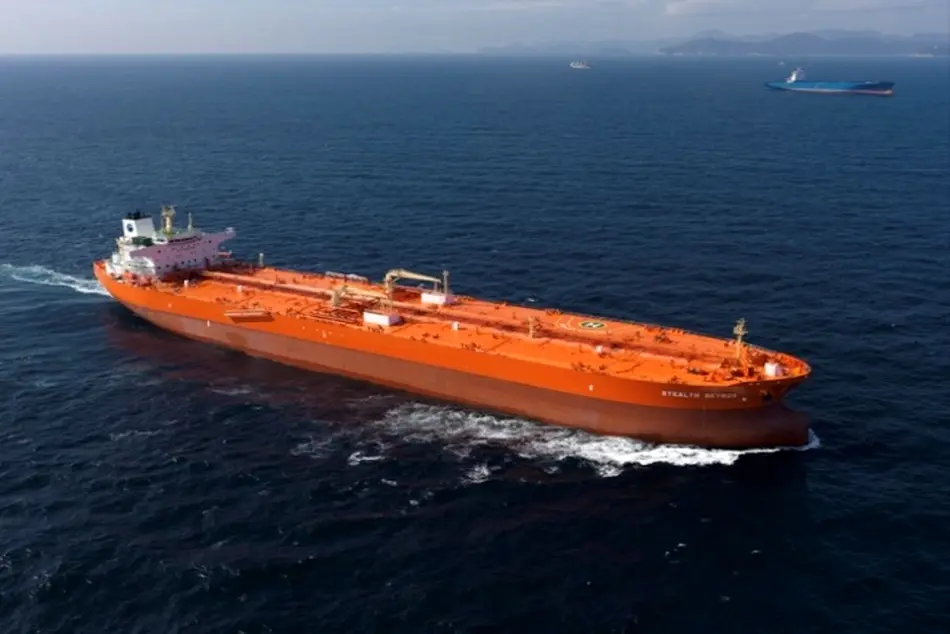With Supply Looming Large, All Eyes Are Now in Demand

With tonnage oversupply in the tanker market already on the cards, ship owners are increasing looking towards demand in order to find some silver linings. In its latest weekly report, shipbroker Charles R. Weber said that “key forecasting agencies, the US Department of Energy’s EIA and the Paris‐based IEA, are both forecasting a new milestone for crude oil demand during the latter half of 2018: demand exceeding 100 Mnb/d. Despite the milestone’s positive connotations, 2018’s projected global oil demand growth rate of 1.5%, as derived from the average of the two agencies’ projections, is hardly much cause for optimism among crude tanker owners. Indeed, it follows a moderately higher rate of growth presently projected for 2017 of 1.6% and comes against our projected crude tanker capacity growth rates of 6.8% and 3.8% during 2017 and 2018, respectively”.
According to CR Weber, “annual demand growth swung violently before and after the global financial crisis with high oil prices and the market crash causing demand destruction during 2008 and 2009 before the recovery and resurgent oil‐intensive development in emerging markets propelled 2010 to the highest demand growth rate of the decade so far. Since 2011, demand growth has oscillated between 0.8% (2011) and 2.1% (2015) with the average between 2011 and 2016 pegged at 1.5%”.
The shipbroker added that “these agencies have a bit of a history of revisions as the forecasted period draws nearer – and quite often well after the fact. This is due to the inherent limitations of forward forecasting – and a lack of transparency in historical trade and consumption data (particularly in outside of the OECD). We note that for the developed world, projections made at the end of 3Q16 underestimated the extent of demand growth during 2016 amid lower fuel costs, declining unemployment and rising consumer sentiment. Simultaneously, demand growth in the non‐OECD world was downwardly revised. Total world oil demand was upwardly revised by nearly 900,000 b/d. It would seem that the regular negative revisions of the years following the global financial crisis have given way to positive revisions. Tanker owners will certainly be hoping that the latter remains the norm”.
CR Weber added that “of course, trade patterns can skew the implications of demand growth for tanker fundamentals strongly. Despite 2016’s positive y/y growth, a migrating of crude trades towards shorter distances meant that VLCC ton‐miles declined by 4%, y/y. Applying adjustment factors to ton‐miles to account for diversification and efficiency of trades, demand contracted by 4%. Simultaneously, during 2015, when world oil demand grew by 2.1%, VLCC ton‐miles grew by a much larger 7% and adjusted demand grew by a massive 21%., the shipbroker concluded.
Meanwhile, in the VLCC market this week, CR Weber said that “rates in the VLCC market were softer this week on a pullback in demand in the Middle East market, sending average earnings to fresh multiple‐year lows. In the Middle East, there were 15 fresh fixtures reported, representing a 35% w/w decline. One‐third of this week’s regional fixture tally were concluded under COAs, making demand there seem lower than it was. In the West Africa market, there were nine fixture reported, representing a tripling of last week’s tally”.
The shipbroker added that “with 100 Middle East August cargoes covered thus far, there are an estimated 22 outstanding. Against this, there are 53 units available; once accounting for likely West Africa draws, the implied end‐August Middle East surplus stands at 24 units, or the highest surplus since the conclusion of the May program. A week ago, the surplus looked set to stand at 19, illustrating a fresh disjointing of supply/demand. As such, rates remain in negative territory and will struggle to find much positive impetus once participants progress into what is widely expected to be a busier September program. In isolation, rates in the Caribbean basin were stronger this week on declining in‐ bound USG tonnage, and a fresh round of activity following a prolonged lull”, the shipbroker concluded.